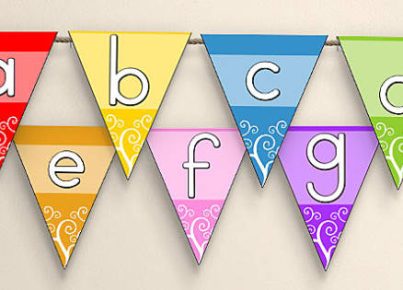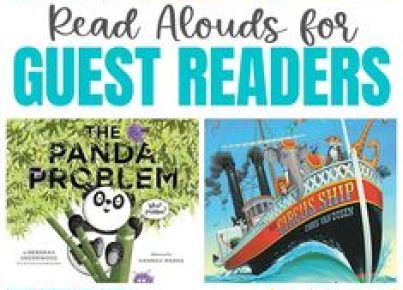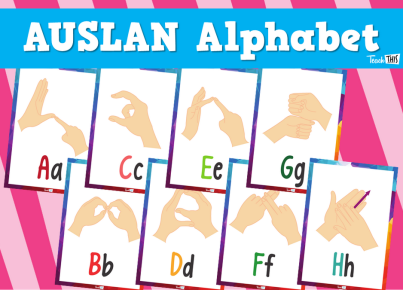The importance of social-emotional learning (SEL) in today’s educational landscape cannot be overstated. While many teachers and schools rightfully prioritize academics, it’s essential not to neglect our students’ mental well-being and interpersonal skills. One way to integrate SEL into the daily classroom routine is during language arts block. Here are ten innovative ideas to incorporate social-emotional learning into your language arts curriculum:
1. Reading Corner Reflections: Set up a reading corner in your classroom where students can engage with books dealing with various emotions, relationships, and experiences. After reading, ask them to share their thoughts and feelings, fostering empathy and self-awareness.
2. Creative Storytelling: Encourage students to create stories that revolve around interpersonal challenges or personal growth. Allow them the space to explore different emotions and scenarios that foster discussions around self-management and relationship skills.
3. Emotion Vocabulary: Introduce emotions-based words during spelling exercises or vocabulary lessons, helping students expand their emotional vocabulary. Discuss the meanings of these words in relation to students’ own experiences.
4. Role-play Activities: Use role-play scenarios during language arts activities as a means of cultivating empathy, perspective-taking, and assertiveness skills.
5. Literature Circles: Implement literature circles, focusing on age-appropriate texts that address characters grappling with social issues, emotional challenges, or moral dilemmas. Encourage reflective questions during discussions.
6. Letter Writing: Request students to write letters expressing gratitude, seeking forgiveness, or offering a supportive message for a struggling friend or family member. This activity teaches self-awareness and social awareness.
7. Script Writing: Invite students to collaboratively create a script that emphasizes empathy and problem-solving skills while challenging them with grammar and sentence structure development.
8. Conflict Resolution Scenarios: Develop critical thinking skills in your students by presenting conflict resolution scenarios. Have them write or draw possible solutions and consider multiple perspectives, allowing them to practice healthy communication and negotiation techniques.
9. Perspective Taking: Use texts written in the first-person narrative to discuss how different people can perceive the same situation differently. Helping students recognize these different perspectives will facilitate empathy and encourage open-mindedness.
10. Emotional Journaling: Integrate journal writing as a reflective practice where students can express their thoughts, feelings, and emotions without fear of judgment. This simple yet powerful tool promotes self-awareness and encourages emotional intelligence.
Language arts block offers ample opportunities for teachers to seamlessly integrate SEL into their existing curriculum. With intentionality and creativity, activities that foster emotional intelligence and social skills can coexist beautifully with language arts, making for a well-rounded education that benefits both the minds and hearts of our students.




